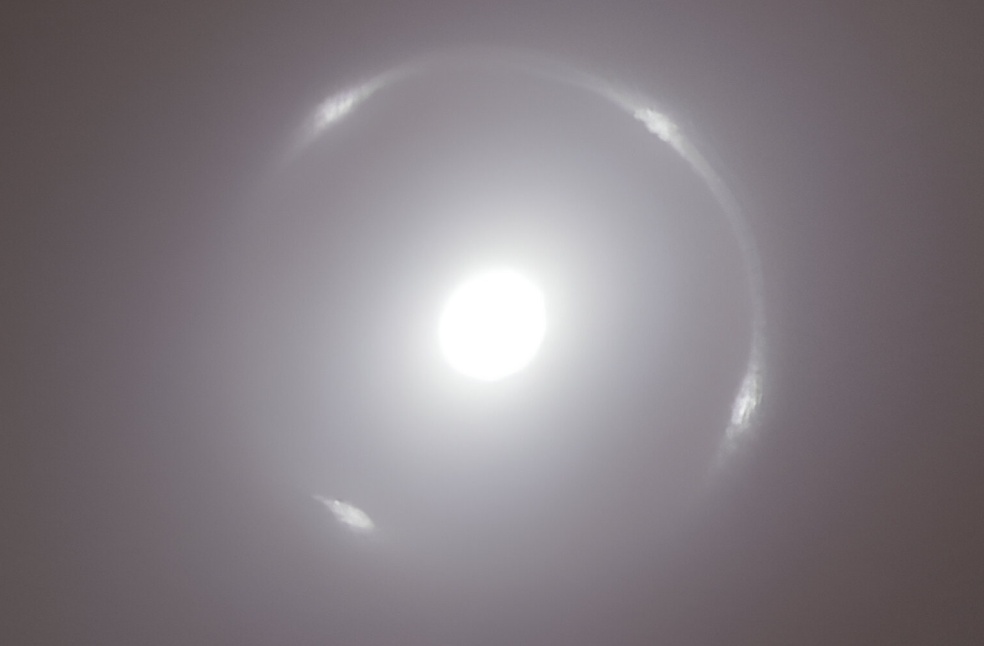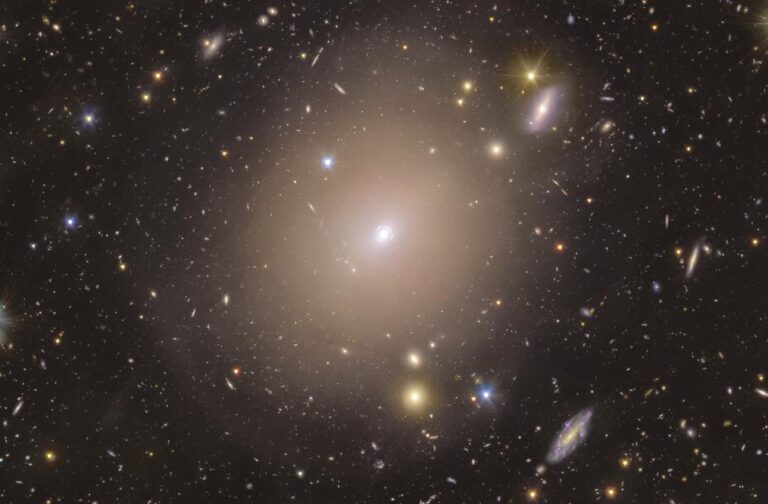Europe: The Euclid space telescope has captured a stunning Einstein ring, showcasing the extreme warping of space by a galaxy’s gravity. The image reveals NGC 6505, a nearby galaxy, encircled by a perfect ring of light—an effect induced by the gravitational lensing of a more distant galaxy sitting directly behind it.
Prof. Stephen Serjeant, an astronomer at the Open University commented that, “This is a beautiful, extraordinary, thrilling, and lucky find in our first data. An Einstein ring as perfect as this is extremely rare.”
Einstein rings, predicted by Albert Einstein’s general theory of relativity, form when light from a distant object bends around a massive foreground galaxy, acting as a natural cosmic lens. These formations authorise astronomers to watch hidden objects and determine the mass of the lensing galaxy, including any dark matter present. In this case, researchers estimate that roughly 11 percent of the foreground galaxy’s mass consists of dark matter.

Unravelling the puzzles of dark matter and dark energy is the primary goal of the European Space Agency’s $1 billion (€1billion) Euclid mission. By detecting galaxies up to 10 billion light-years away, the telescope aims to create the most extensive cosmic 3D map ever made, alleviating light on the large-scale distribution of dark matter and the role of dark energy in the universe’s accelerating expansion.
Despite its ability to peer deep into the cosmos, Euclid’s latest image demonstrates its power in studying nearby structures. NGC 6505 lies 590 million light-years from Earth, while the background galaxy is 4.42 billion light-years away.
Dr. Valeria Pettorino, ESA Euclid project scientist stated that, “I find it very intriguing that this ring was marked within a well-known galaxy, first discovered in 1884. This demonstrates how powerful Euclid is—finding new things even in places we thought we knew well.”



